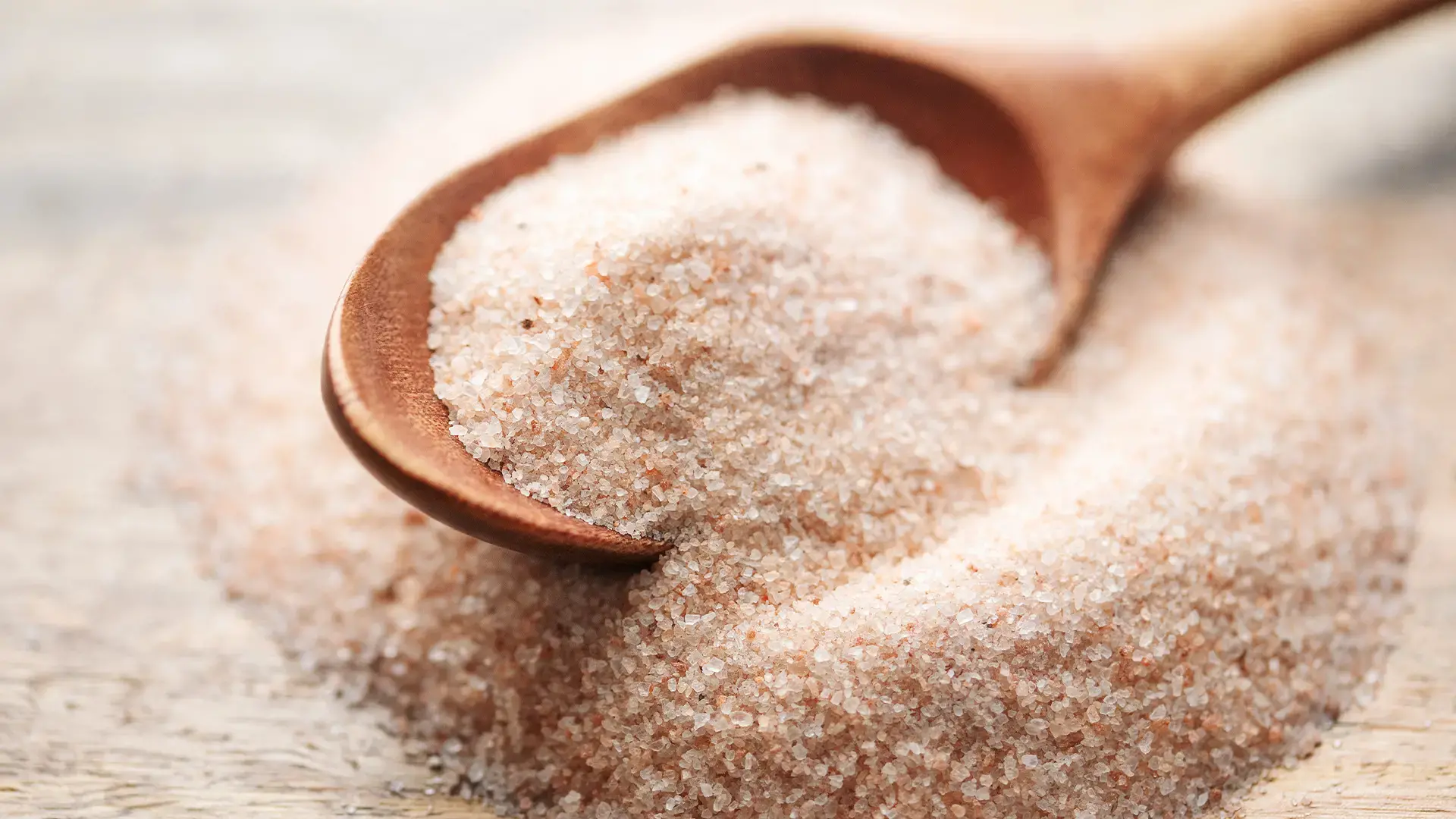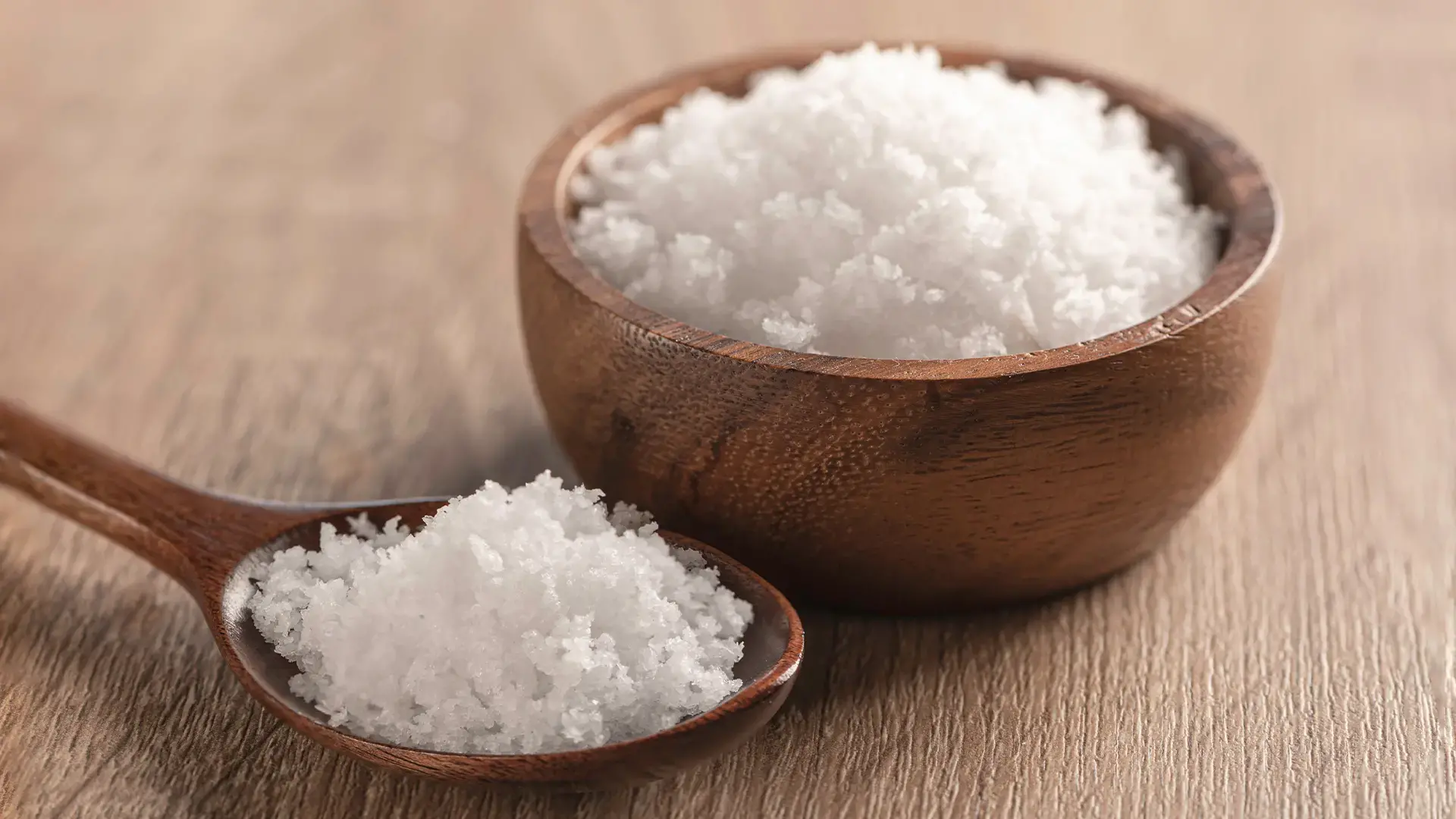Did you know that you need at least 500 mg of sodium daily? That’s the equivalent of a little less than one-fourth of a teaspoon! Your body requires a small amount of sodium to conduct nerve impulses, maintain the proper balance of water and minerals, and even to be able to contract and relax your muscles.
Sodium also keeps you hydrated by maintaining healthy hydration levels and electrolyte balance—both of which are important for your body to function well. The cells, muscles, and tissues in your body need water, and salt can help your body maintain the right amount of fluid.
While salt is good for you, remember that balance is still key. Make sure to keep your salt consumption under 5 grams per day. How do you do this? Preparing your own food is a good start, as you can have total control over the amount of salt that you use. When it comes to snacks like chips or crackers, always check the labels.







